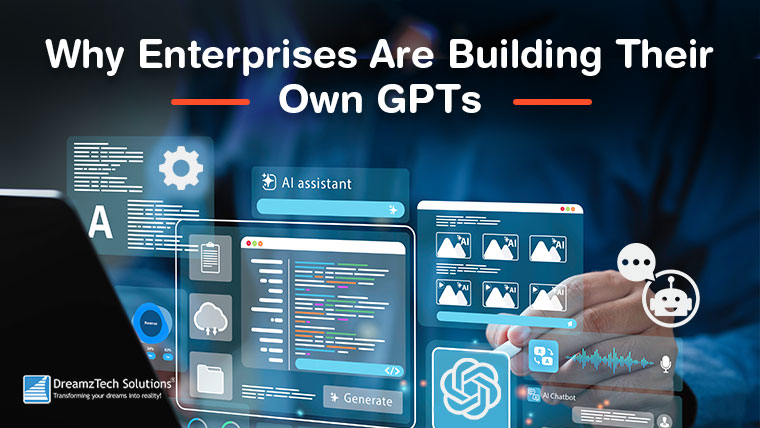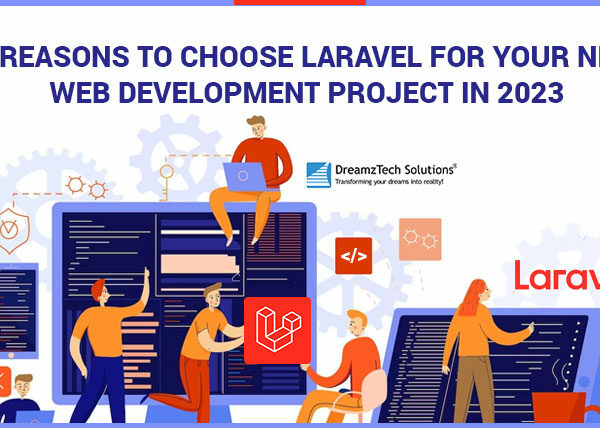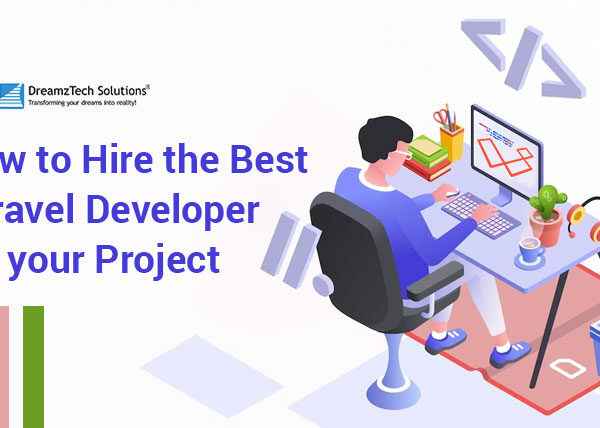In 2024 and beyond, enterprises are rapidly shifting from simply using OpenAI’s ChatGPT to building their own GPTs (Generative Pre-trained Transformers). From customer service and internal knowledge management to marketing automation and code generation, custom GPTs are becoming an enterprise necessity, not just a tech trend. With generative AI poised to add $4.4 trillion annually to the global economy (McKinsey, 2023), businesses are rethinking their AI strategy and taking ownership of their models.
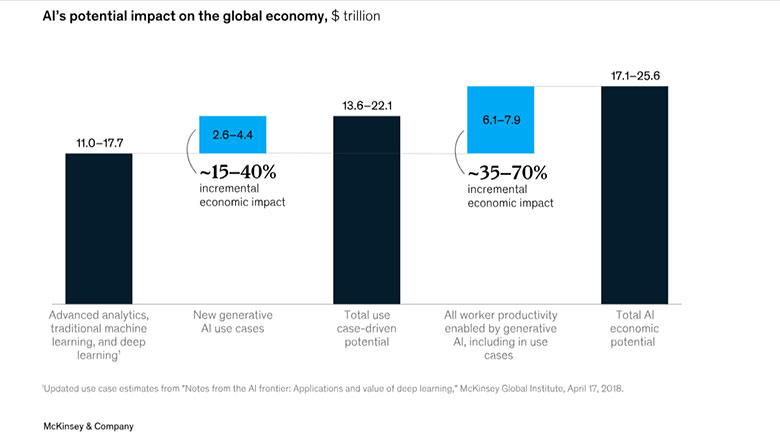 image source: Mckinsey
image source: Mckinsey
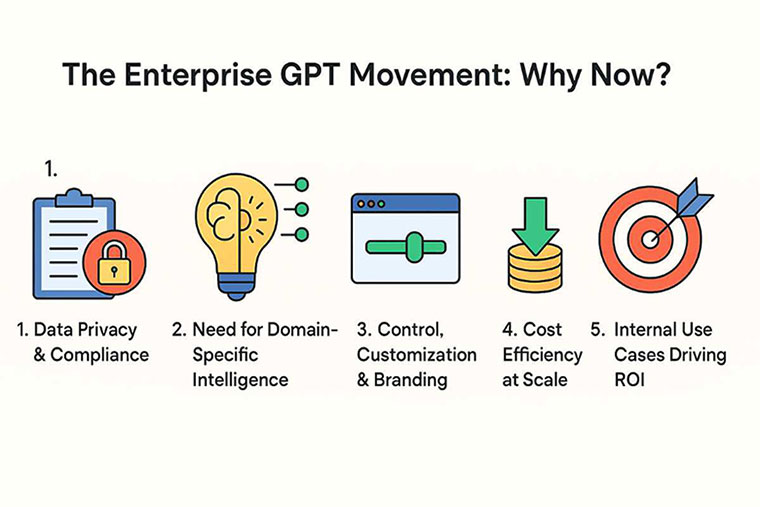
The Enterprise GPT Movement: Why Now?
1. Data Privacy & Compliance
Public GPTs like ChatGPT or Claude are powerful, but they come with inherent risks:
- Data leakage:: Sensitive or proprietary information could be inadvertently used in training or exposed to external APIs.
- Regulatory challenges:: Industries like finance, healthcare, and defense face GDPR, HIPAA, SOC 2, and other compliance requirements that demand strict control over data.
Stat: A survey by Cisco revealed that 96% of companies believe privacy and data sovereignty are critical in AI adoption (Cisco Data Privacy Benchmark 2024).
2. Need for Domain-Specific Intelligence
Generic GPTs are trained on the internet. Enterprises need:
- Internal product manuals
- SOPs and HR policies
- Industry-specific language
- CRM/ERP/CMMS integrations
Custom GPTs excel at providing contextual, accurate responses when fine-tuned on proprietary datasets. This leads to:
- Higher accuracy
- Fewer hallucinations
- Better user experience
3. Control, Customization & Branding
Companies want to control:
- Tone of voice (e.g., friendly, technical, formal)
- Functionality (e.g., workflows, actions, role-based permissions)
- Responses aligned with corporate values
4. Cost Efficiency at Scale
Fine-tuning a smaller, open-source model (like LLaMA, Falcon, Mistral) or using embedding-based RAG (Retrieval Augmented Generation) often proves more cost-effective than relying entirely on hosted APIs.
5. Internal Use Cases Driving ROI
Organizations are using internal GPTs for:
- Customer service bots
- Legal document review
- HR query assistants
- Marketing content ideation
- Code generation
Stat: GitHub reports that developers using Copilot are 55% more productive (GitHub Copilot Research).
Real-World Examples of Enterprise GPT Adoption
- Morgan Stanley built an AI assistant powered by OpenAI, trained on 100,000+ internal documents to help financial advisors (OpenAI Case Study).
- PwC is deploying custom GPTs for tax law navigation and client advisories across 100,000+ employees (PwC x OpenAI).
- SAP Joule is an embedded generative AI assistant within SAP’s enterprise software to assist decision-makers.
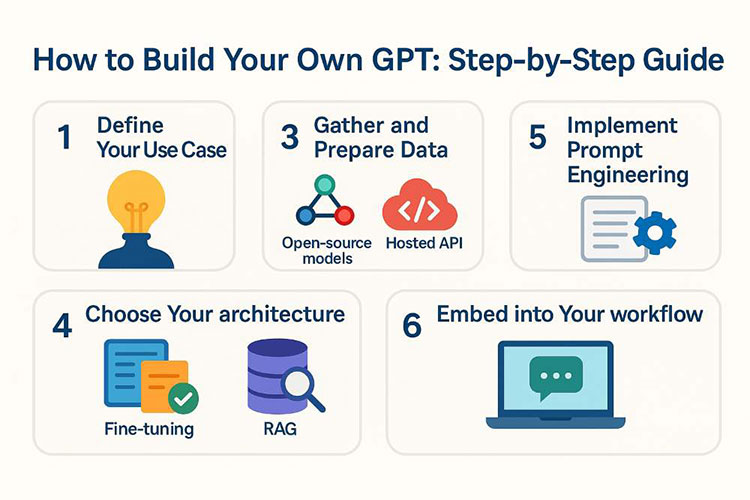
How to Build Your Own GPT: Step-by-Step Guide
Step 1: Define Your Use Case
Start by asking:
- Who will use the GPT? (e.g., customers, employees, partners)
- What problem should it solve?
- What kind of data will it rely on?
- Will it generate, summarize, classify, or translate?
Popular enterprise use cases:
- HR Copilots (e.g., onboarding, policy Q&A)
- IT Helpdesk Bots
- Financial Summary Assistants
- Compliance Document Review
- Sales Email Generation
Step 2: Choose Your Base Model
Options:
- Open-source models: LLaMA 3, Falcon, Mistral, GPT-J
- Hosted APIs: OpenAI GPT-4o, Claude, Gemini 1.5, Cohere, Bedrock
Tip: Open-source is preferred for full control and cost-efficiency. Hosted APIs are better for fast deployment and accuracy.
Step 3: Gather and Prepare Data
Curate:
- Internal documents (PDFs, DOCs, Excel, CSV)
- Wikis and FAQs
- Chat logs
- Product manuals
Clean and structure the data:
- Remove duplicates
- Normalize formats
- Tag for semantic understanding
Step 4: Choose Your Architecture
Two paths:
- Fine-tuning: Update model weights using domain data
- RAG (Retrieval-Augmented Generation): Keep base model static, retrieve relevant chunks via vector DBs
Trending stack for RAG:
- LangChain or LlamaIndex
- FAISS or Weaviate for vector search
- Hugging Face Transformers for open models
Step 5: Implement Prompt Engineering
- Use system prompts to set tone and behavior
- Define role play scenarios (e.g., “You are a CMMS assistant for DreamzCMMS”)
- Create reusable prompt templates for consistency
Step 6: Embed into Your Workflow
- Chatbot UI in web or mobile
- CRM/ERP plugin
- Slack/Teams integration
- Internal portal
Step 7: Monitor, Test, and Iterate
Track:
- Hallucination rate
- Completion accuracy
- User satisfaction
- Feedback loops
Use tools like:
- Weights & Biases or MLflow for model tracking
- PromptLayer for managing prompt versions
- LangSmith for testing LangChain pipelines
Common Pitfalls to Avoid
- Using GPT without domain-specific context
- Relying solely on fine-tuning when RAG would be cheaper
- Lack of human-in-the-loop validation
- Ignoring model drift over time
- Not setting clear AI usage policies
Security, Governance, and Ethics
Before deployment, ensure:
- Data encryption (at rest and in transit)
- Role-based access to sensitive datasets
- Bias detection and mitigation strategies
- Compliance documentation for audits (SOC 2, ISO 27001)
Stat: Gartner predicts that by 2026, 60% of enterprise AI projects will mandate explainability, governance, and data traceability (Gartner 2024 AI Trends).
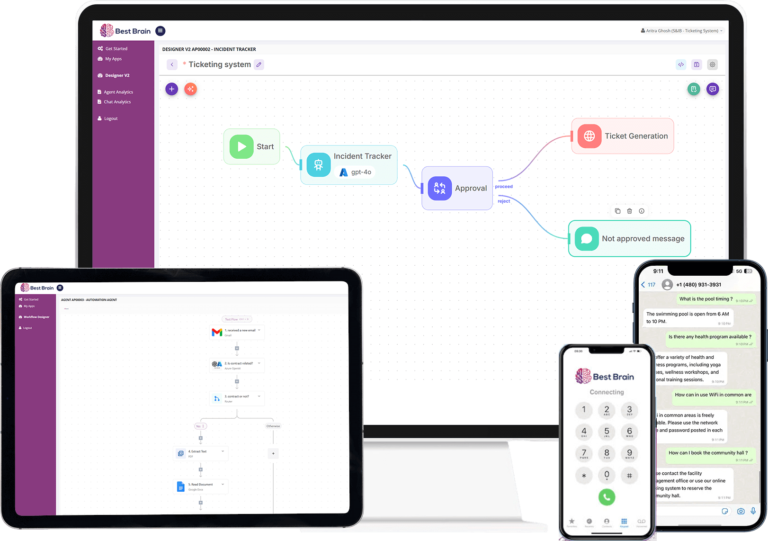 image source: BestBrain
image source: BestBrain
Tools & Platforms to Consider
- DreamzTech BestBrain AI(enterprise-grade conversational assistant builder)
- OpenAI GPTs via API
- Amazon Bedrock for serverless multi-model hosting
- Azure OpenAI Service for secure enterprise GPTs
- Hugging Face Inference Endpoints for custom LLMs
The Future: Federated LLMs and Multi-Agent Systems
Emerging trends:
- Federated LLMs: Models that run on-premises and only share minimal metadata
- Multi-agent frameworks: GPTs working as teams (planner + executor + validator)
- Chain-of-thought & tool-augmented reasoning (e.g., ReAct, AutoGPT, LangGraph)
Stat: By 2027, IDC forecasts that 75% of enterprise applications will include embedded generative AI (IDC FutureScape 2024).
How DreamzTech Can Help
At DreamzTech, we help enterprises transition from off-the-shelf chatbots to high-impact, secure, and domain-trained GPTs. With our expertise in:
- Generative AI development
- Enterprise data engineering
- Custom software and workflow integrations
- AI governance and secure deployments
…we’ve enabled manufacturing giants, service organizations, and digital platforms to embed conversational AI into their business DNA. Our BestBrain AI Assistant Platform simplifies the process with prebuilt modules for CMMS, HRMS, FSM, and CRM, helping you launch your enterprise GPTs faster, safer, and smarter.
Ready to build your GPT? Contact DreamzTech today to get started with a consultation.
